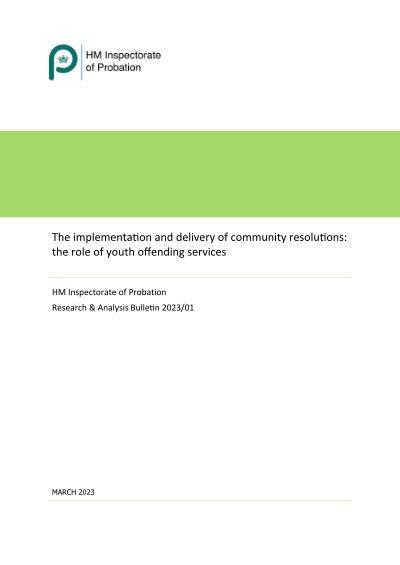By Magnus Lofstrom, Brandon Martin, and Deepak Premkumar, with research support from Andrew Skelton
California has seen increases in some crime over the last decade, including notable jumps in homicides, auto theft, and most recently retail theft, as well as a slow gradual uptick in aggravated assaults. While these recent increases have dominated headlines, longer-term trends in fact point toward significant overall decreases in crime since the 1990s that appear to be concentrated among juveniles and young adults.
In this report, we examine these long-term changes, focusing specifically on whether younger generations are less likely to be criminally active, as measured by violent crimes, than past generations—or if drops in offending have affected all age groups. One of the most robust relationships in criminology is between age and crime: criminal offending increases in adolescence, peaks in the late teens or early 20s, and then continually decreases. This relationship is the foundation for the well-known “age-crime curve,” which underlies predictions and risk assessments about future offending.
Drawing from unique, individual-level data on arrests in California between 1980 and 2020, we use arrests for violent felonies as our measure of criminal offending because these offenses have not been directly targeted by the numerous reforms implemented in the state over the past several decades and arrests for these crimes are subject to less law enforcement discretion.
Between 1990 and 2010, the age-crime curve in California generally follows historical patterns, with peaks in crime during the late teen years or early 20s; these curves follow these patterns but have gradually shifted downward, reflecting declines in violent crime during this period. However, the most recent age-crime curves differ from earlier, well-established state and national patterns in ways that are consistent with generational shifts in criminal offending. →
The violent felony arrest rate for young adults (ages 18–22) dropped by more than 50 percent over the last 25 years, from 1,712 per 100,000 residents in 1994 to 840 in 2019. The drop is even more notable as the rate for adults in their late 30s and older increased over the same period. This steep decline is the driving factor behind the most recent shift in the age-crime curve. After representing about 25 percent of violent felony arrests among adults for decades, young adults now account for 16 percent of these arrests. →
We see reductions in violent criminal offending beginning with individuals born in the early 1990s. For those born in 1993 and later, the violent felony arrest rate is 20 to 25 percent lower than in previous generations. →
The decrease in violent criminal offending among younger generations is driven by fewer individuals arrested for violent felonies. However, the number of offenses each individual is arrested for in a year has increased by about 5 percent, a notable deviation from decades-long levels. This increase has not been limited to any single generation but represents a broader increase over the last decade. →
While our study does not aim to identify the reasons behind these shifts, nor the extent to which they apply to other offenses, the decrease in criminal offending coincides with changes in some teen behavior; for example, measures of risky behavior, like alcohol consumption and drug use, have declined among more recent generations. Future work to determine specific contributing factors and whether the changes are persistent would have great value and policy relevance.
Even without knowing the root causes, several policy implications follow from our findings. The decrease in crime among younger generations suggests the possibility of lower future capacity needs for the criminal justice system. But although there has been a drop in the number of offenders arrested, the frequency of offending is up somewhat, pointing toward the potential need for new and/or alternative approaches to reduce crime among a plausibly more challenging-to-rehabilitate offender population. Lastly, but importantly, our results also suggest that risk assessment tools—which are widely used by criminal justice agencies—need to be adjusted to account for declines in offending among younger generations to reduce inaccurate predictions.
San Francisco: Public Policy Institute of California 2023. 27p.






















